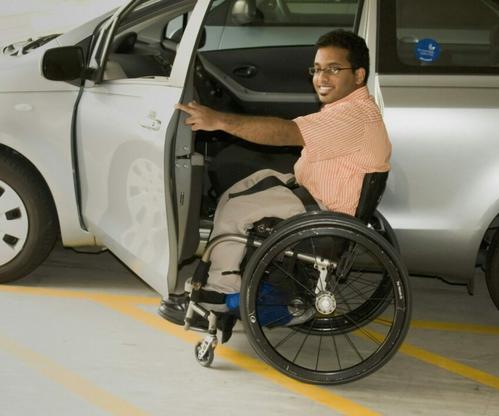
Knowledge is power, and understanding makes us better. The expression, “put yourself in their shoes” means that you allow yourself to understand what someone else is going through as if you’re the one having the experience. That way, you can treat the person in a manner that is humane and acceptable.
What do we understand about cerebral palsy (CP) and how do we train ourselves to treat people living with it respectfully and refrain from making offensive gestures without knowing?
According to the National Institute of Neurological Disorders and Stroke, CP is a collection of neurological disorders. The institute explains that CP first manifests in infancy or early childhood and has a lifelong impact on muscle coordination and bodily movement.
This disorder is caused by, “damage to, or anomalies in the developing brain, these damages hinder the brain’s capacity to regulate movement, maintain posture, and maintain balance.” The above institute clarifies that palsy is a term used to describe the loss or impairment of motor function, whereas cerebral refers to the brain.
As it is mentioned above, CP affects body movement and posture, this means that people living with it require a specific design of a wheelchair, walker, or crutches to support their bodies depending on the severity of their condition.
The Cerebral Palsy Alliance (CPA) reports that there are different types of CP because it is “described based on the parts of the body it affects, the way it impacts movement, and the type of brain injury that caused it.”
The first type of CP according to the above-mentioned foundation is Quadriplegia. It is reported that it affects both arms and legs. “A person’s torso, facial, and oral muscles are often affected, too.”
The second type is stated by the foundation as Triplegia, this is when three limbs are affected, the torso and facial muscles. The type where only the legs are affected is called Diplegia, according to CPA, arms are said to be mildly affected by this type.
Hemiplegia,” affects the limbs of one side of the body. People can either have right-side hemiplegia or left-side hemiplegia. Approximately 40% of people with cerebral palsy have hemiplegia,” reported CPA. There’s also what the foundation calls, Monoplegia which only affects one limb.
The Flint Rehab speaks about ways to understand and communicate better with people living with the condition. These include:
- Making use of communication boards.
- Using voice synthesisers,
- Using button communication devices.
- Closely observing gestures and pointing.
- Sign language.
- Using flashcards, pictures, and symbols.
- Paying attention to their eye movements.
According to Flint Rehab, the above techniques are important to implement, as they enhance communication and a sense of acceptance to people living with cerebral palsy.
Also see: This is what you need to know about measles




